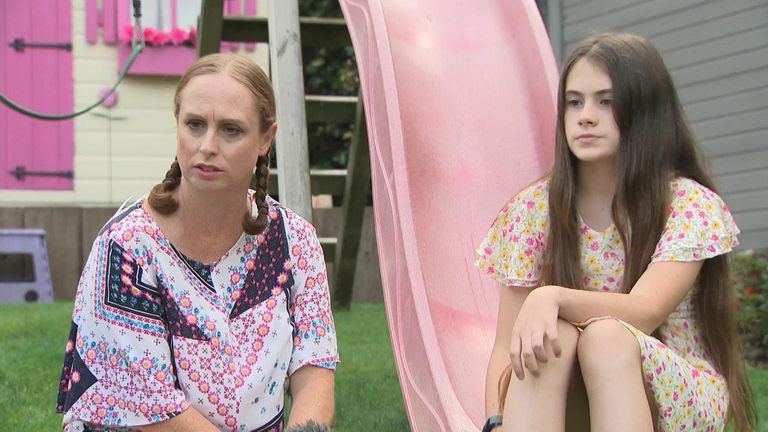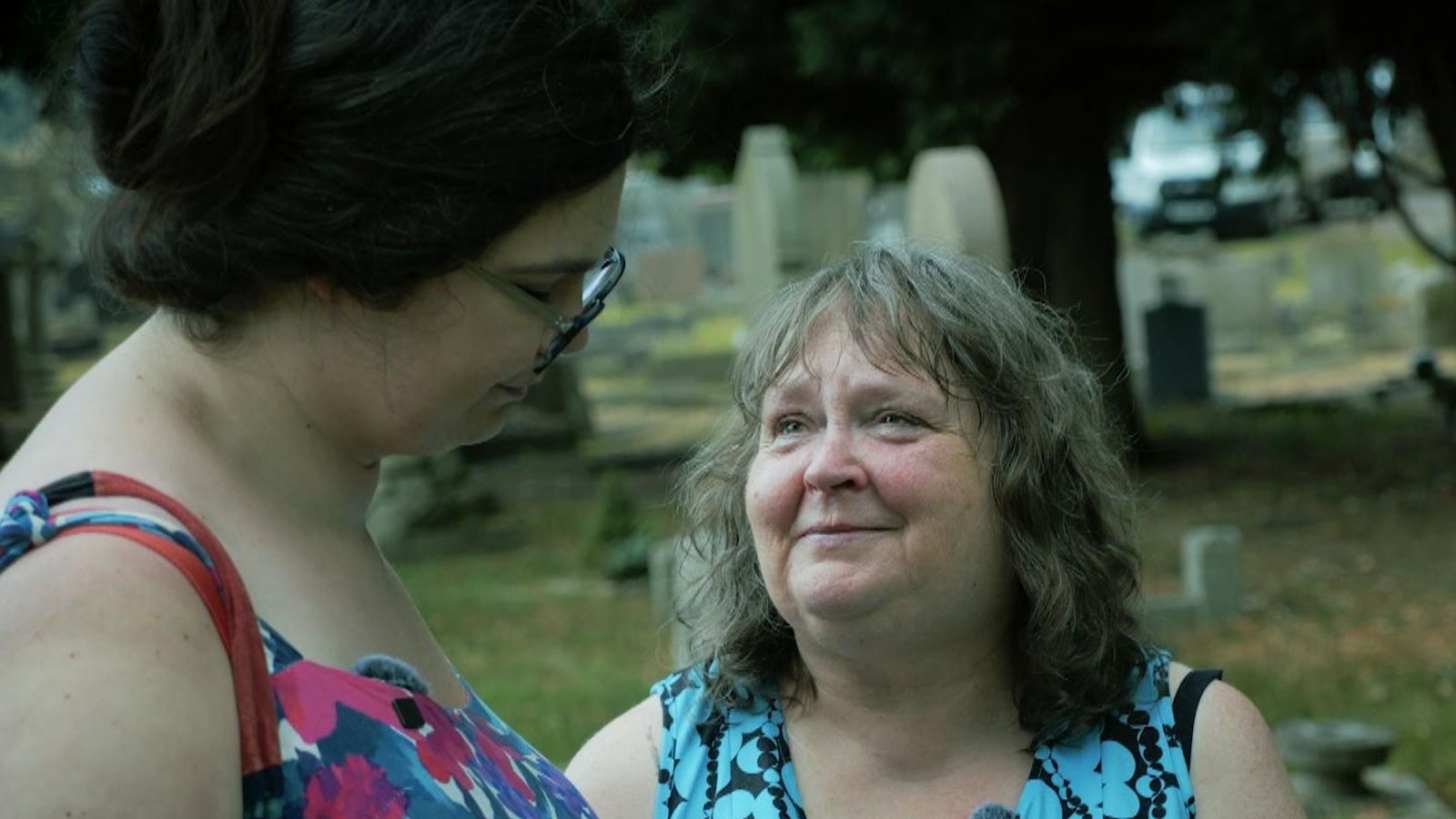Annabel Prior was nine years old when she was struck with COVID-19 last October.
Her mother Helen said her daughter was asymptomatic, although she did complain about headaches and a sore throat.
Annabel tested positive during a PCR test and for three months after that, he mother said.
But, despite testing negative in January this year, there has been little improvement in Annabel’s symptoms.
Helen said “The infection triggered a whole host of neuropsychiatric symptoms which have impacted Annabel’s life significantly ever since.
“She has good days and bad days but ultimately has not been able to return to school or participate in life the same as she did prior to the COVID infection. She is a different person to who she was before.”
Annabel’s symptoms include debilitating fatigue and daily headaches but her mother is more worried about the affect COVID had had on her daughter’s brain and and her nervous system.
“Extreme anxiety, resulting in frequent panic attacks, social withdrawal and an inability to attend school,” her mother said.
Annabel has also developed obsessive compulsive disorder, resulting in what her mother describes as repetitive rituals. She also has “a constant need for reassurance with high levels of frustration,” Mrs Prior said, adding that all of this had led to Annabel’s school work suffering”.
“Annabel continues to struggle daily and we believe the COVID-19 infection has triggered a post viral response known paediatric acute onset neuropsychiatric syndrome (PANS) where her antibodies are now attacking her brain and resulting in all the neuropsychiatric symptoms.”
There may be some good news for Annabel, however.
New research shows children who become ill with coronavirus are unlikely to have long-term effects, with less than 2% having symptoms lasting more than eight weeks.
Illness from COVID-19 lasted no more than a week on average in people aged between five and 17, according to findings from a study led by researchers at King’s College London.
The results, published in the Lancet Child and Adolescent Health journal, involved scientists looking at daily health reports logged in the Zoe COVID Study app and focused on September 2020 through to February 2021.
Of the 1,734 children reported by parents or carers with a clear start and end point to their symptoms and a positive PCR test result, just one in 50 (1.8%) had symptoms lasting more than eight weeks.
Fewer than one in 20 (4.4%) experienced symptoms for four weeks or more.
In children aged five to 11 years old, the illness lasted an average of five days, while in children aged 12 to 17 it lasted around seven days, researchers said.
Their study showed that the most common symptoms reported in children were headaches, tiredness, a sore throat and loss of smell.
Scientists said it was reassuring that there were no reports of serious neurological symptoms such as fits or seizures, impaired concentration or anxiety.
Senior author Emma Duncan, professor of clinical endocrinology at King’s College London, said: “We know from other studies that many children who catch coronavirus don’t show any symptoms at all, and it will be reassuring for families to know that those children who do fall ill with COVID-19 are unlikely to suffer prolonged effects.
“However, our research confirms that a small number do have a long illness duration with COVID-19, though these children too usually recover with time.
“We hope our results will be useful for doctors, parents, and schools caring for these children – and, of course, affected children themselves.”
Researchers also assessed children who tested negative for coronavirus but who might have had other ailments, such as colds and flu.
They found that those who were ill with COVID-19 had an average of six days of illness compared with three days for children with other illnesses, although at four weeks the small number of children with other illnesses tended to have more symptoms than those who were ill with coronavirus.
Dr Michael Absoud, a senior author of the study and consultant and senior lecturer at King’s College London, said: “Our data highlight that other illnesses, such as colds and flu, can also have prolonged symptoms in children and it is important to consider this when planning for paediatric health services during the pandemic and beyond.
“This will be particularly important given that the prevalence of these illnesses is likely to increase as physical distancing measures implemented to prevent the spread of COVID-19 are relaxed.”
Daniel Munblit, professor of paediatrics and paediatric infectious disease, Sechenov University, and honorary lecturer, Imperial College London, said: “Children at the moment are not being immunised, so anybody under 18 is not getting vaccinated – hopefully they will do shortly, but as a consequence, we’re getting to see more problems occurring in the younger portion of the population. And so, we need to do more research.
“We do not know the real prevalence of long COVID in children yet.
“But even if it’s not a huge prevalence, we still need to help these children, and in order to help these children we need to do more research on the matter.
“So, it should not be exaggerated, it should not be over diagnosed but it should not be downplayed either.”












